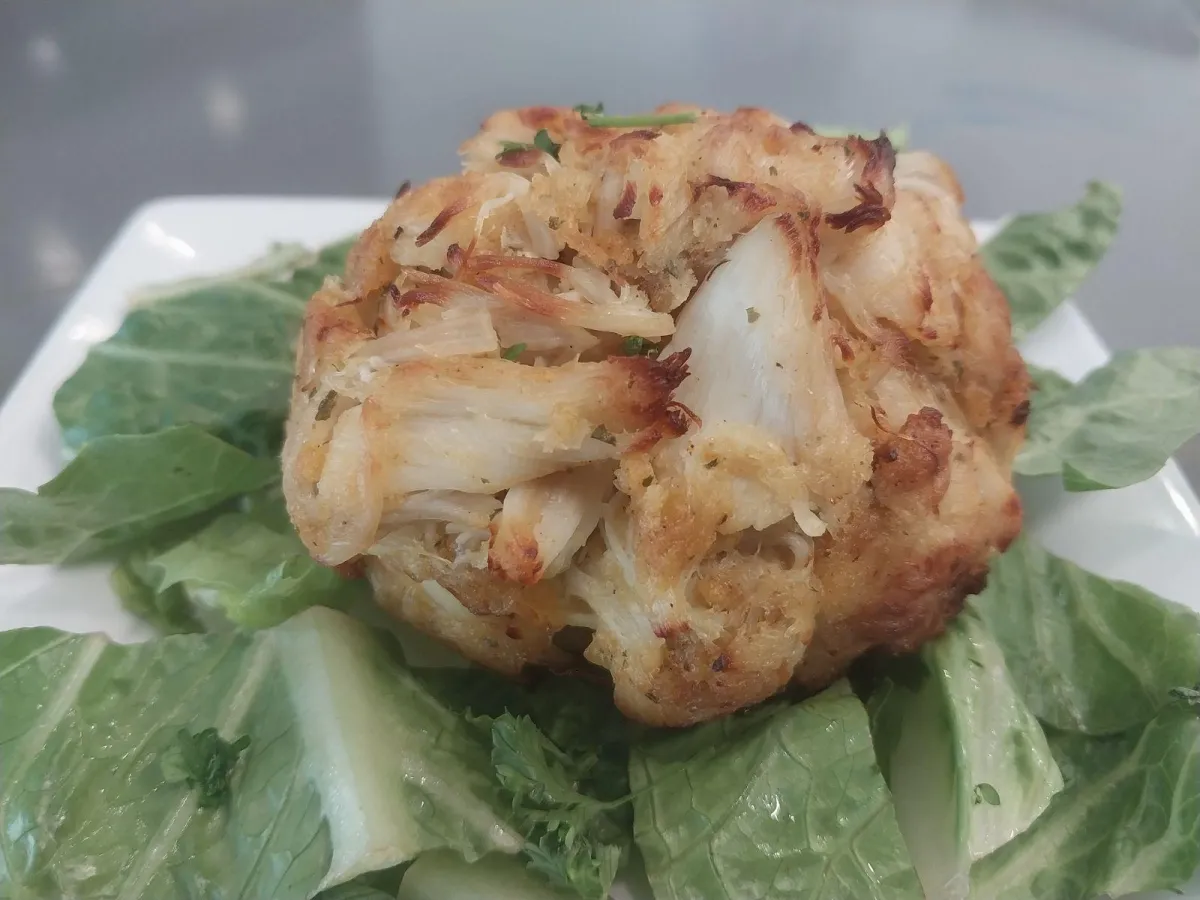
🦀 Maryland Blue Crab History: A Chesapeake Legacy
🌊 Origins: From Native Tables to Colonial Feasts
The blue crab (Callinectes sapidus, meaning “beautiful savory swimmer”) has been a staple in Maryland’s Chesapeake Bay region for centuries. Native American tribes like the Piscataway and Powhatan were the first to harvest and enjoy these crustaceans, using sustainable techniques passed down through generations.
When European settlers arrived in the 1600s, they quickly adopted these methods. By the 1700s, blue crab recipes were appearing in colonial cookbooks, showcasing their culinary importance. One 1685 recipe even included almond paste, nutmeg, and orange juice
🧂 Cultural Icon: More Than Just a Meal
Maryland’s obsession with blue crabs goes beyond taste. Crab feasts are a cherished tradition, often involving steamed crabs seasoned with Old Bay, vinegar, and beer. These gatherings are a symbol of community, heritage, and pride.
💰 Economic Impact: The Backbone of the Bay
Blue crabs are Maryland’s most valuable commercial fishery, contributing over $600 million annually to the state’s economy. This includes: [cbsnews.com]
Fishing and harvesting: Thousands of watermen rely on crabbing for their livelihood.
Seafood processing: Crabmeat is picked, cleaned, and packaged—often by migrant workers who form the backbone of the industry. [theconversation.com]
Tourism and dining: Crab houses, festivals, and restaurants attract millions of visitors each year.
In 2000, the combined Maryland and Virginia harvest reached 50.9 million pounds, with a dockside value of $54.2 million. [dnr.maryland.gov]
⚠️ Challenges: Declining Populations & Climate Change
Despite their importance, blue crab populations have declined sharply. In 2025, the Chesapeake Bay population dropped to 238 million, the second-lowest since 1990. Factors include: [cbf.org]
Loss of underwater grasses (critical habitat)
Invasive predators like blue catfish
Pollution and runoff
Climate change, which alters water temperature and salinity [epa.gov]
🛠️ Conservation Efforts: Protecting the Future
Maryland has implemented several strategies to protect blue crabs:
Female-based management: A target of 196 million spawning-age females is set annually to ensure sustainability. [dnr.maryland.gov]
License buyback programs: Reducing fishing pressure by purchasing unused licenses. [mdsg.umd.edu]
Habitat restoration: Projects like “living shorelines” and oyster reef restoration help improve water quality and crab habitats. [wmar2news.com]
🧭 Conclusion: A Symbol Worth Saving
The blue crab is more than a seafood delicacy—it’s a symbol of Maryland’s culture, economy, and ecological identity. As challenges mount, collaborative conservation and sustainable practices are essential to ensure that future generations can enjoy this Chesapeake treasure. 🦀💙